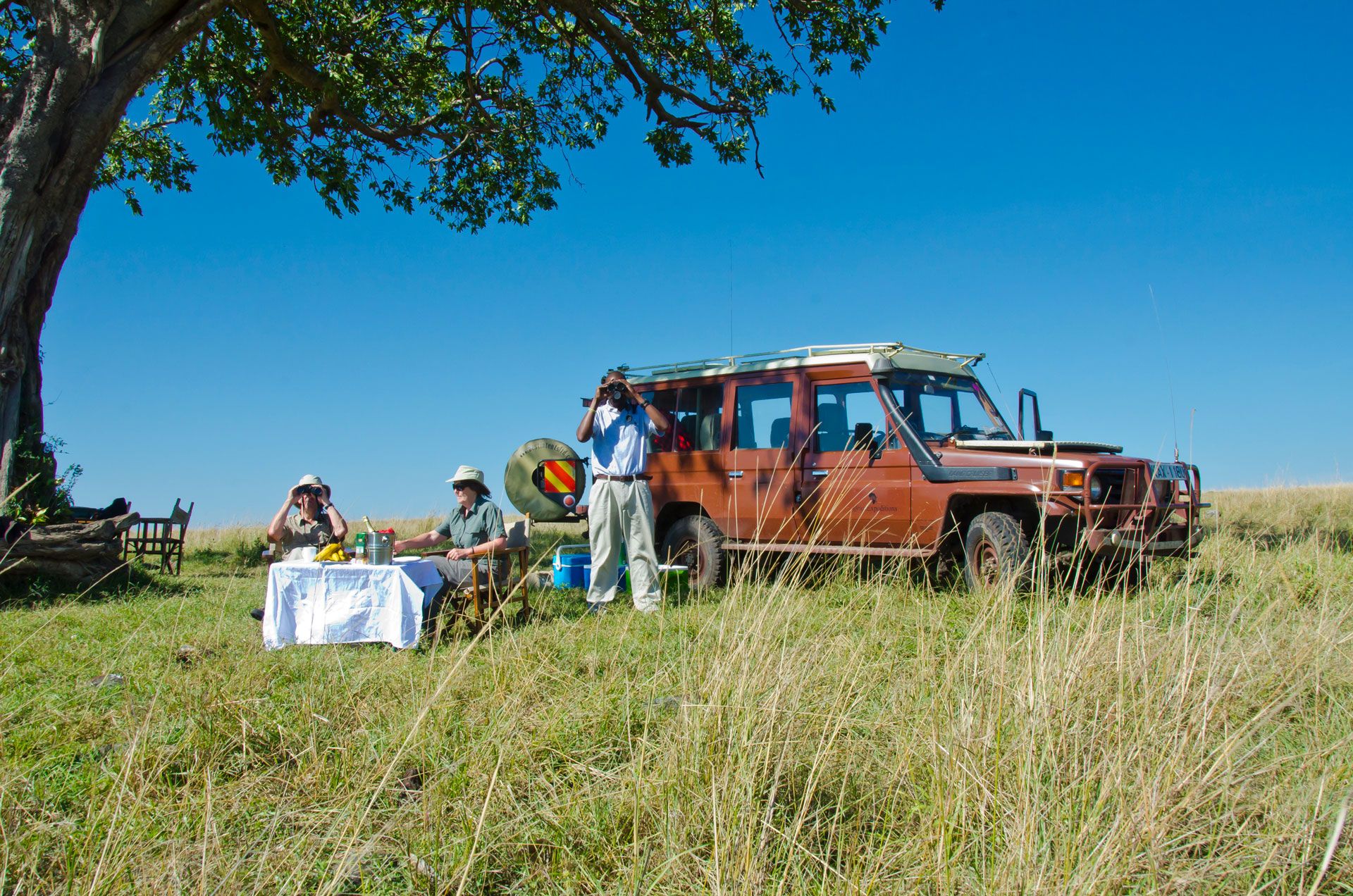
Maasai Mara Safari Guide: Best Time to Visit, Camps, and Wildlife
4 min readThe Maasai Mara National Reserve stands as Kenya's crown jewel of wildlife destinations, offering an unparalleled safari experience in the heart of East Africa. This comprehensive guide will help you plan the perfect safari adventure to witness the legendary Great Migration, encounter the Big Five, and experience authentic African wilderness.
What is contained in this guide
- The Maasai Mara: Africa's Greatest Wildlife Theater
- Best Time to Visit the Maasai Mara
- Peak Season: July to October (The Great Migration)
- Shoulder Seasons: June and November
- Green Season: December to May
- Wildlife Encounters: What to Expect
- The Big Five and Beyond
- The Great Migration Spectacle
- Birdlife Paradise
- Top Safari Camps and Lodges
- Luxury Options
- Mid-Range Excellence
- Private Conservancies
- Planning Your Safari
- Getting There
- What to Pack
- Health and Safety
- Conservation and Community Impact
- Making the Most of Your Safari
- Game Drive Tips
- Photography Opportunities
- Cultural Experiences
- Frequently asked questions
- Conclusion
The Maasai Mara: Africa's Greatest Wildlife Theater
Spanning 1,510 square kilometers in southwestern Kenya, the Maasai Mara forms part of the larger Serengeti-Mara ecosystem. This vast savannah landscape, characterized by rolling grasslands, acacia woodlands, and the life-giving Mara River, hosts one of the world's most spectacular wildlife concentrations.
The reserve's unique ecosystem supports an incredible diversity of species, from the famous Big Five (lion, leopard, elephant, buffalo, and rhino) to over 450 bird species. What truly sets the Maasai Mara apart is its role as the northern terminus of the Great Wildebeest Migration, where millions of animals complete their annual circular journey.
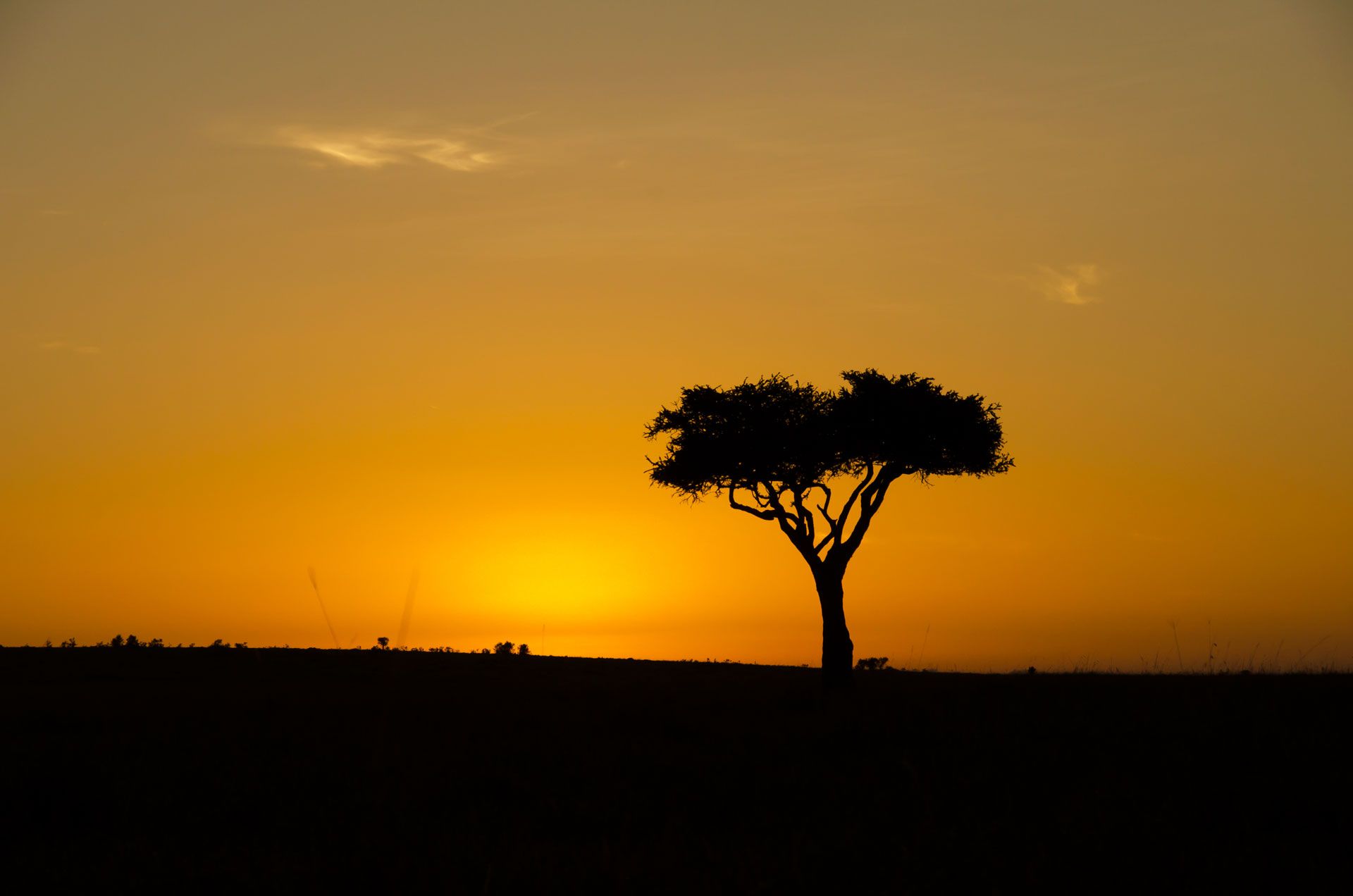
Best Time to Visit the Maasai Mara
Peak Season: July to October (The Great Migration)
The prime time to visit the Maasai Mara coincides with the Great Migration period. The arrival crossing of the Mara River occurs around late July to August with parts of September, and the herds are expected to arrive in the Mara around mid to late July in 2025, with river crossings happening from late July through September.
This period offers:
Advantages:
- Witness dramatic river crossings as millions of wildebeest and zebra brave crocodile-infested waters
- Highest concentration of predators following the herds
- Excellent game viewing with abundant wildlife
- Clear, dry weather perfect for photography
Considerations:
- The busiest months in the Masai Mara with more safari travelers and higher vehicle numbers
- Premium pricing for accommodation and flights
- Advanced booking essential
Shoulder Seasons: June and November
June marks the beginning of the migration season, offering excellent wildlife viewing with fewer crowds. November provides opportunities to witness the southern return migration as herds move back toward the Serengeti.
Green Season: December to May
While traditionally considered the "low season," this period has its own unique appeal:
December to March:
- Fewer tourists and lower rates
- Excellent bird watching with migratory species present
- Calving season for many resident species
- Short dry spell in January-February
April to May:
- Long rains period with lush green landscapes
- Some camps may close or offer reduced services
- Challenging road conditions but dramatic scenery
- Best rates of the year
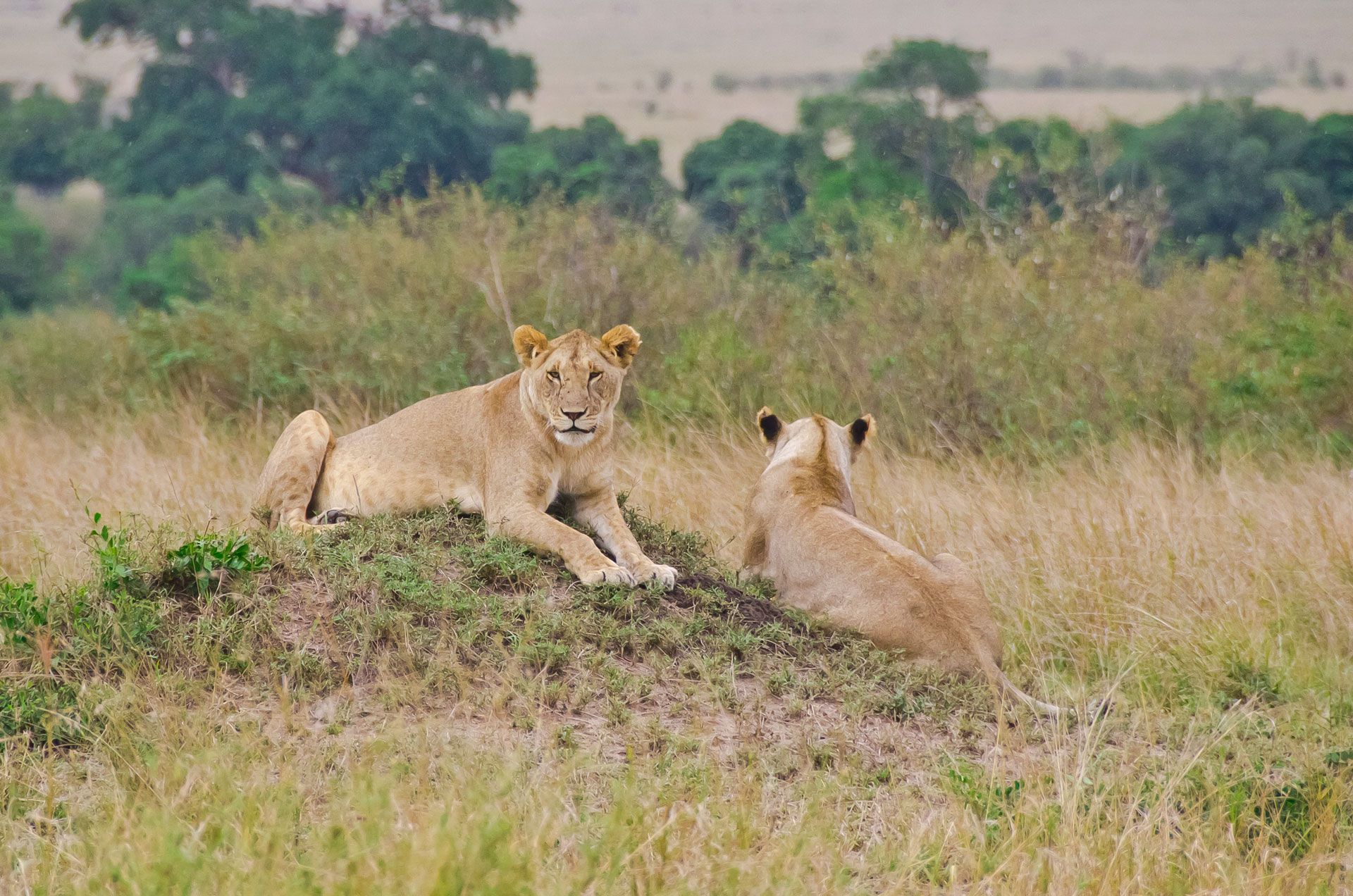
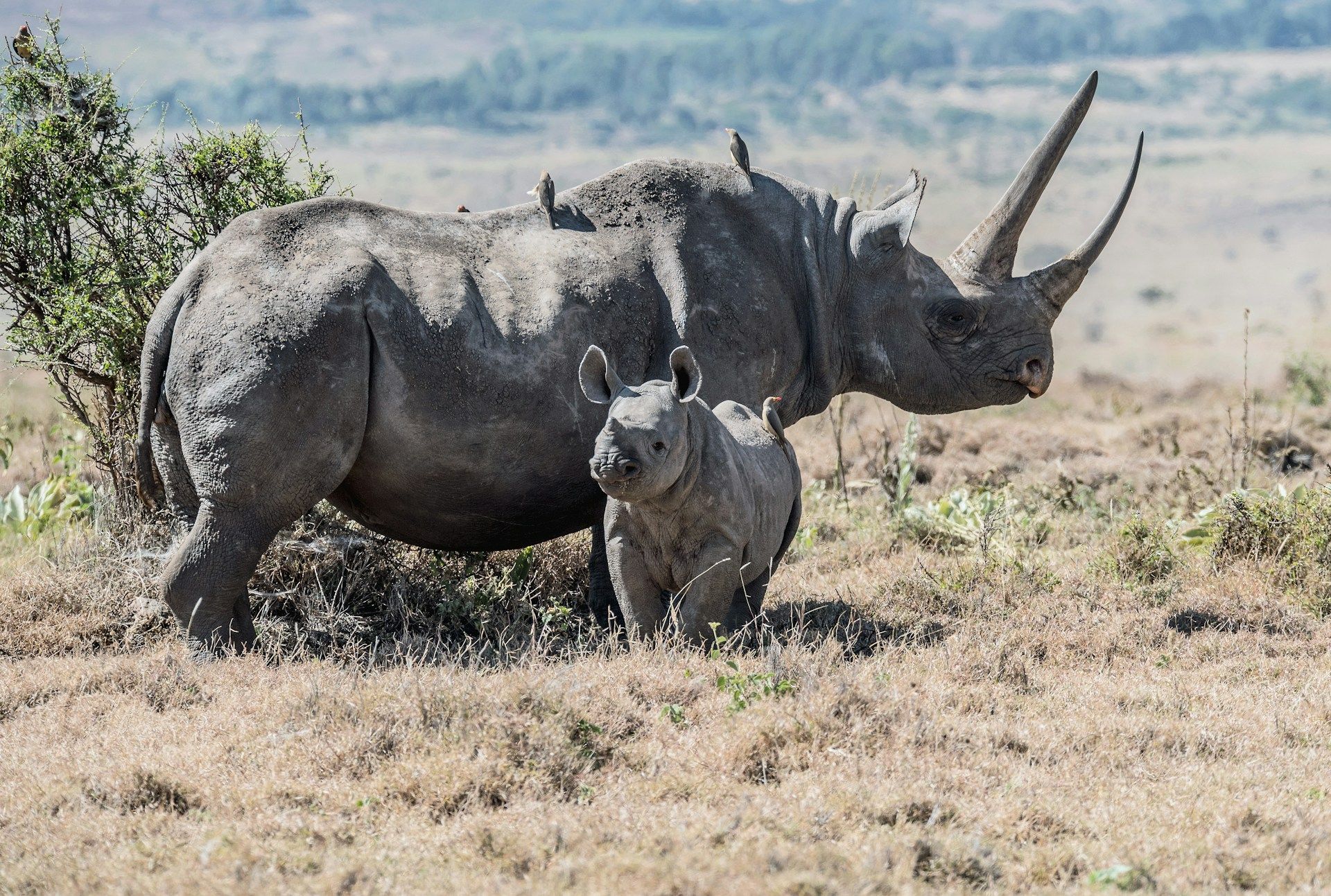
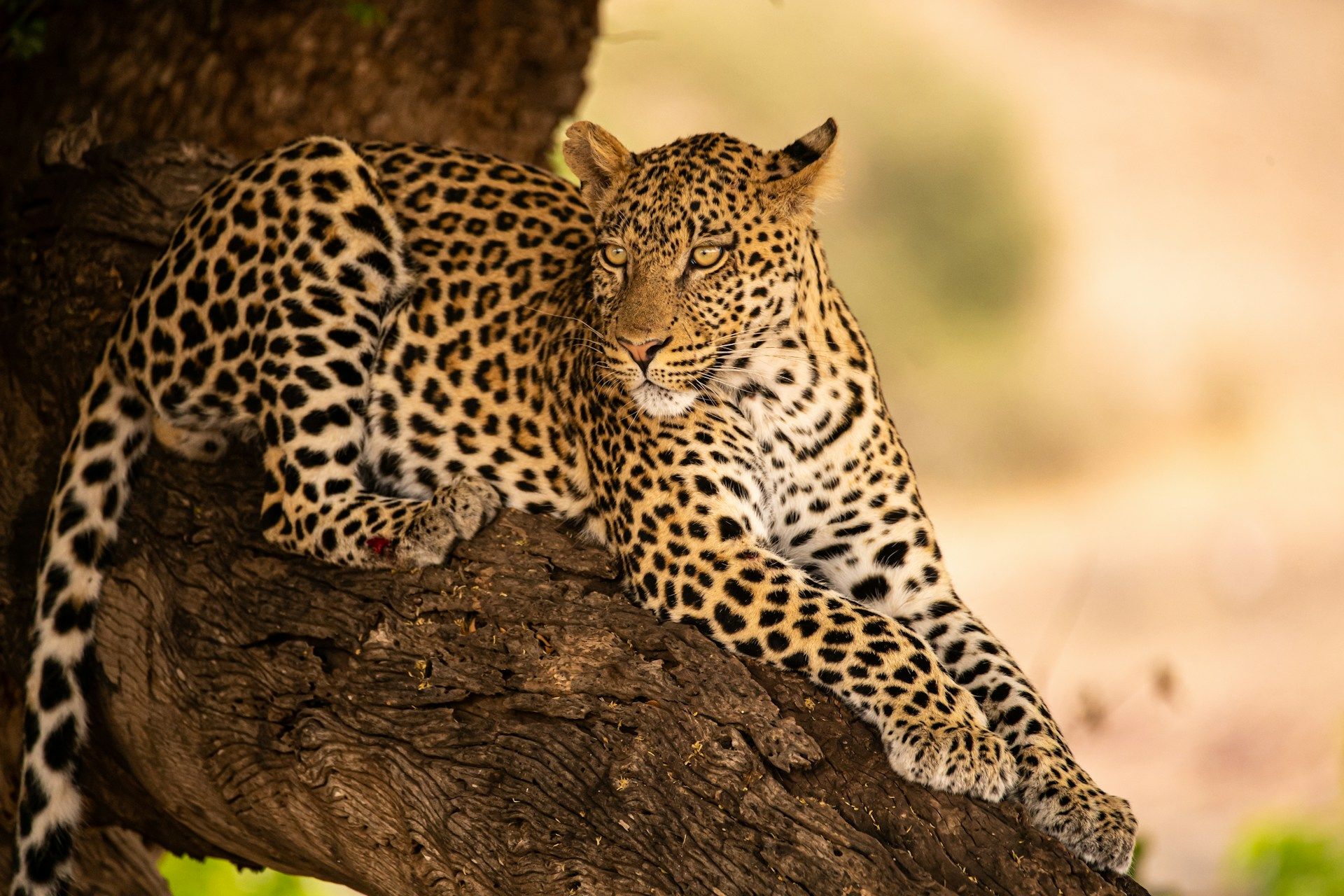
Wildlife Encounters: What to Expect
The Big Five and Beyond
Lions: The Maasai Mara boasts one of Africa's highest concentrations of lions, with several well-known prides offering excellent viewing opportunities throughout the year.
Leopards: These elusive cats are regularly spotted in the reserve's riverine forests and rocky outcrops, particularly around the Mara River.
Elephants: Large herds roam the reserve, with some of Kenya's biggest tuskers calling the Mara home.
Buffalos: Massive herds of Cape buffalo are common, especially during the dry season when they congregate near water sources.
Rhinos: Both black and white rhinos can be spotted, though sightings require patience and luck.
The Great Migration Spectacle
During July to October, the Mara hosts the epic annual trek of 1.5 million wildebeest from the Serengeti, with the savannah awash with wildebeest, zebras and other herbivores. The migration includes:
- Over 1.5 million wildebeest
- 200,000 zebra
- 400,000 Thomson's gazelle
- Numerous predators following the herds
Birdlife Paradise
With over 450 recorded species, the Maasai Mara is a birder's paradise. Highlights include:
- Secretary birds striding across the plains
- Lilac-breasted rollers perched on acacia trees
- Martial eagles soaring overhead
- Seasonal migrants from Europe and Asia
Top Safari Camps and Lodges
Luxury Options
Mahali Mzuri Following an extensive refurbishment, this Virgin Limited Edition property has officially re-opened, redefining luxury in the heart of the Maasai Mara ecosystem. Perched on a ridge with panoramic views, it offers an ultra-luxurious tented safari experience.
Mara Plains Camp Located in the private Olare Motorogi Conservancy, this modern-day safari retreat features thoughtful environmental elements including recycling, water purification, and comprehensive solar power systems.
Governors' Camp Established in January 1972, this legendary camp synonymous with luxury and history was created to provide an authentic bush camping experience and remains one of the most sought-after safari lodges in the Maasai Mara.
Little Governors' Camp This eco-tourism beacon on the border of the Masai Mara National Reserve offers guests their very own waterhole teeming with wildlife, perfect for families and couples alike.
Mid-Range Excellence
Sand River Camp Ideally situated in one of the most remote parts of Masai Mara National Reserve, this camp pays homage to romantic 1920s safaris with design reminiscent of African adventure themed Hollywood movies.
Mara Toto Tree Camp This brand new camp that opened on July 1, 2024, is set along the river's edge and tucked into the canopy of spectacular ebony trees, creating a hidden haven between safari drives.
Private Conservancies
The Mara Naboisho Conservancy features only nine lodges and camps, making safaris in this region an intimate experience with options ranging from comfortable camps to luxury lodges. Private conservancies offer:
- Lower vehicle density and exclusive game viewing
- Night drives and walking safaris
- Direct conservation impact
- Extended game driving hours
Planning Your Safari
Getting There
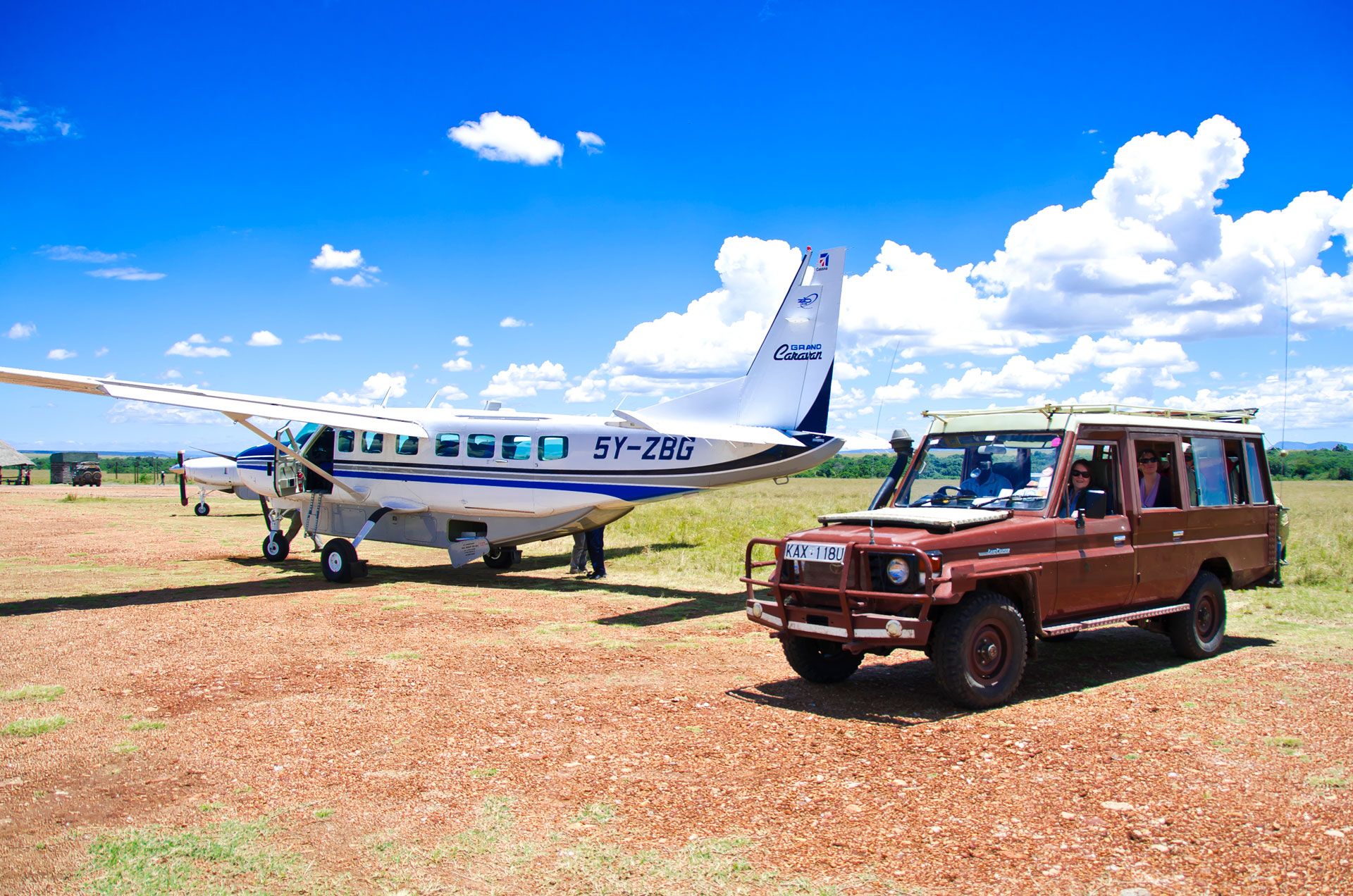
By Air:
- Daily scheduled flights from Nairobi's Wilson Airport (1.5 hours)
- Charter flights available from Jomo Kenyatta International Airport
- Multiple airstrips serve different areas of the reserve
By Road:
- 5-6 hour drive from Nairobi via Narok
- 4WD vehicles recommended, especially during rainy seasons
- Scenic route through the Great Rift Valley
What to Pack
Essential Items:
- Neutral-colored clothing (khaki, olive, brown)
- Wide-brimmed hat and sunglasses
- High SPF sunscreen and insect repellent
- Comfortable walking shoes and sandals
- Light jacket for cool mornings and evenings
Photography Gear:
- Camera with telephoto lens (300mm minimum recommended)
- Extra batteries and memory cards
- Dust protection for equipment
- Binoculars for wildlife viewing
Health and Safety
- Yellow fever vaccination required if arriving from endemic areas
- Malaria prophylaxis recommended
- Comprehensive travel insurance essential
- Follow camp and guide safety instructions
Conservation and Community Impact
The Maasai Mara operates on a community conservancy model that benefits both wildlife and local Maasai communities. Tourism revenue supports:
- Anti-poaching operations
- Community development projects
- Educational programs
- Healthcare initiatives
- Sustainable grazing practices
When choosing accommodations, consider camps and lodges with strong conservation credentials and community partnerships.
Making the Most of Your Safari
Game Drive Tips
- Early morning drives (6:00-9:00 AM) offer the best wildlife activity
- Late afternoon drives (4:00-7:00 PM) provide excellent lighting for photography
- Stay patient and quiet for the best wildlife encounters
- Trust your guide's expertise and local knowledge
Photography Opportunities
The Maasai Mara offers world-class photographic opportunities:
- Golden hour lighting at sunrise and sunset
- Action shots during river crossings
- Portrait opportunities with cooperative subjects
- Landscape photography of endless savannah vistas
Cultural Experiences
Many camps offer visits to local Maasai villages, providing insights into traditional pastoralist culture. These interactions, when conducted respectfully, benefit both visitors and communities.
Frequently asked questions
Conclusion
The Maasai Mara represents the quintessential African safari experience, combining world-class wildlife viewing with stunning landscapes and rich cultural heritage. Whether you're drawn by the spectacle of the Great Migration, the thrill of Big Five encounters, or the serenity of endless savannah vistas, this remarkable ecosystem delivers unforgettable memories.
Plan your visit during the migration season for the ultimate wildlife spectacle, but remember that the Maasai Mara offers incredible experiences year-round. Choose accommodations that align with your comfort preferences and conservation values, and prepare for one of the world's greatest natural adventures.
The magic of the Maasai Mara lies not just in its abundant wildlife, but in its ability to connect visitors with the raw, untamed essence of Africa. Every sunrise game drive, every unexpected animal encounter, and every star-filled night around the campfire contributes to an experience that will remain with you long after you've returned home.